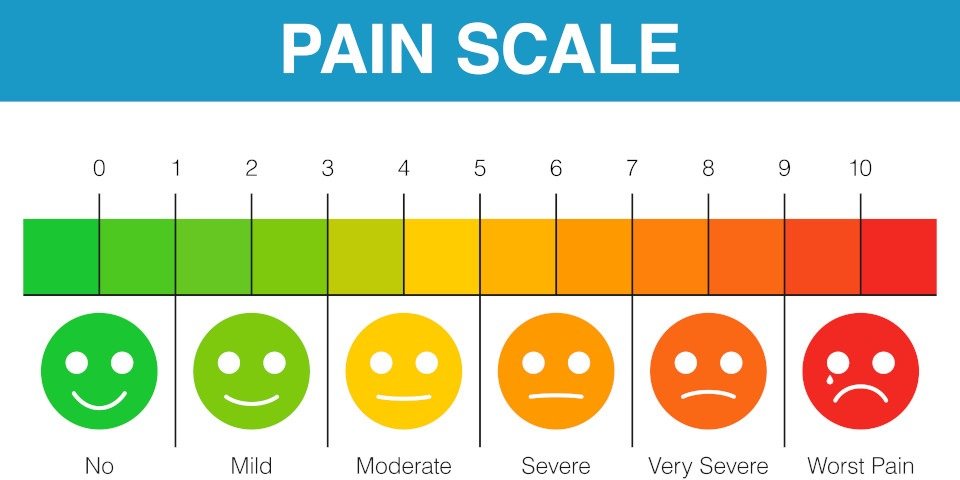Deloitte says retailers have benefitted from consumers “living beyond their means”, but that change is coming for 2019.
Retail sales weakened in 2018, says Deloitte, with real retail turnover expanding by 2.2 per cent over the year. It predicts this weakness to extend into 2019 as “housing-market pressures and lacklustre income growth hurt household budgets”.
Top findings
According to predictions in Deloitte Access Economics’ latest quarterly Retail Forecasts subscriber report (Q1 2019):
- Real retail turnover growth will slip from 2.2 per cent in calendar 2018 to a “more modest” 1.6 per cent growth in 2019 – before rising back to 2.2 per cent growth in 2020.
- The willingness of households to forgo savings for spending will come under pressure as the housing market adjusts.
- Retailers will feel most of the pain in 2019. There’ll be a stronger outlook for 2020 as income growth solidifies and housing markets stabilise.
Deloitte Access Economics partner and Retail Forecasts principal author David Rumbens said: “Australia’s retail sector has been sustaining a reasonable rate of sales growth in an unconventional way. Not so much from income growth, but leveraging off consumers’ willingness to spend.
“That willingness to spend has been supported by very strong asset-price growth, creating a massive windfall for one set of consumers. But, for another and largely separate group, they have been associated with a significant lift in debt commitments.”
2019 – a ‘gap year’ for retail?
According to Mr Rumbens, consumers have funded their spending by eating into their rate of saving. But economic pressures in 2019, including faltering housing and share markets, will make consumers “more prudent with their cash”.
“That leaves 2019 as retail’s gap year,” he said. “Nursing a hangover before getting ready to move ahead in a year’s time.”
However, Rumbens does see an upside. Like all good gap years, he says, retailers can use the opportunity to position themselves for recovery and success.
“It shouldn’t just be about survival,” he said. “Retailers should ensure they’re focused on competitive advantage. They should strengthen connections with customers and streamline operations. This means that, when broader market growth does return, they’re in the best possible position to take advantage of it.”
Rumbens adds that “asset price trauma” should have eased by 2020, making labour income growth a key underlying driver once more.
“There’s upside pressure on wages, particularly in pockets of hot demand such as infrastructure and digital,” he said. “This is expected to continue building through 2019, providing a stronger platform for retail spending into 2020.”


